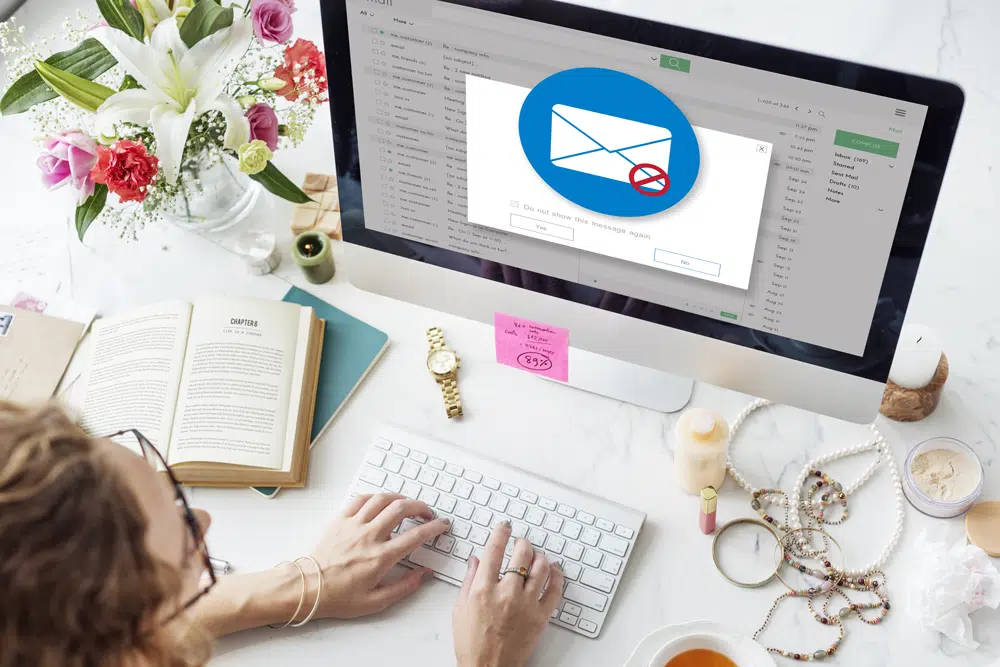Are Scammers Trying to Give YOU Money?
Home Help Center Are Scammers Trying to Give YOU Money?

There’s no limit to the many ways a scammer will try to separate you from your money. One of the most common tactics is a phishing attempt, which happens when someone contacts you via phone, text, or email with a legitimate-looking request. Many of these attempts copy a well-known business’ logo, web address, email domain, and other realistic features.
Email phishing attempts are so common you may not even notice any more if you get several of them a day. Many spam filters have gotten good at catching them, but the ones that slip through into your inbox can look pretty convincing.
The goal of a phishing attempt is pretty straightforward: just click the link. That’s usually all the scammers need you to do. From there, it will either install harmful software on your computer that lets the scammer snoop around, or it will take you to a fake website where you must input your sensitive information: either way, the scammer benefits.
A new twist on these messages actually offers you money for clicking, though. The email contains a very common, official-looking receipt for a purchase you made via PayPal. When you scroll through and think to yourself, “No! I didn’t buy a virtual reality gaming headset!” you’ll quickly see the numerous links and buttons to dispute the charge.
Think about it: how many real receipts have you ever actually received that say, “You didn’t make this purchase? Click here for a refund!” What kind of company puts three or four refund offers on your receipt?
Not a real company, that’s for sure. The scammers are just after your clicks in order to move forward with their next malicious steps.
Instead of falling for it, scroll up to the top of the email and hover your mouse over the sender’s name. Their email address should pop up. Pay close attention to the letters if it still looks like a real email address, and notice subtle changes, like the letter O is actually a zero or a letter L is actually an uppercase I. Once you’ve figured out it’s a fake—or even if you’re still not convinced—exit out of the email and go to your actual PayPal.com or Amazon.com account, for example, and look into it. You’ll most likely see that you have not made a purchase.
But just in case… what if there really is a purchase for something you didn’t want? That email still can’t help you, but the customer service reps can. Use the contact information listed in the verified email to get in touch with someone who can help.
Contact the Identity Theft Resource Center for toll-free, no-cost assistance at (888) 400-5530. For on-the-go assistance, check out the free ID Theft Help App from ITRC.
Read next: “What to do When Your Passport Number is Breached”
How much information are you putting out there? It’s probably too much. To help you stop sharing Too Much Information, sign up for the In the Loop.
Get ID Theft News
Stay informed with alerts, newsletters, and notifications from the Identity Theft Resource Center

